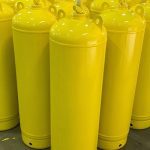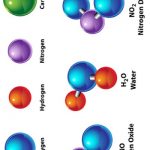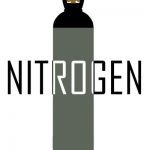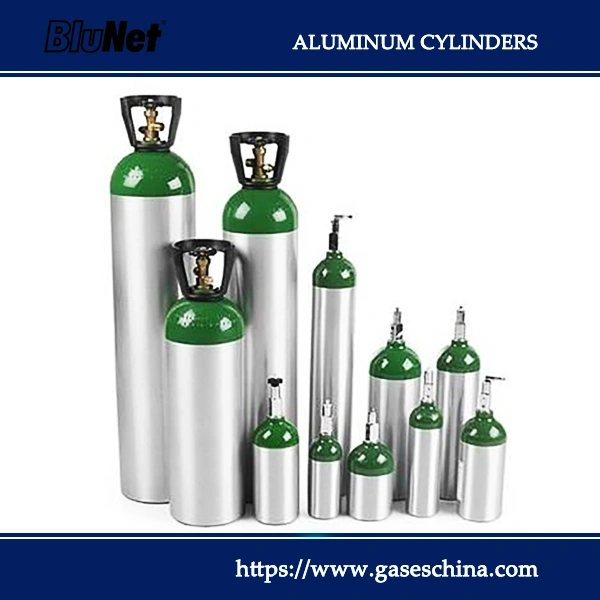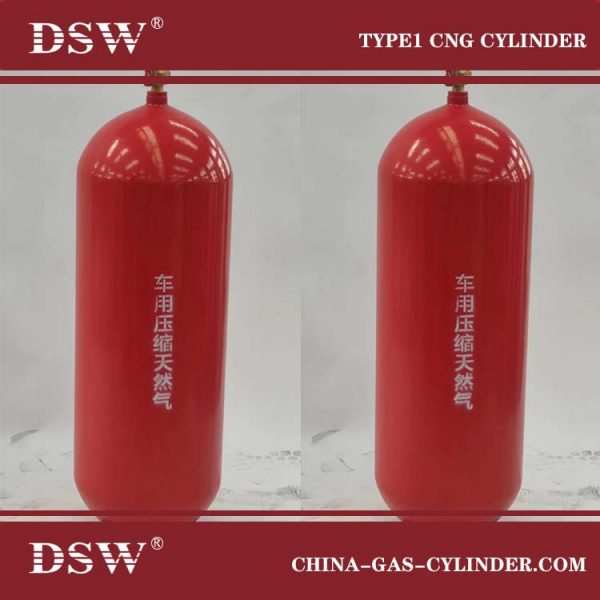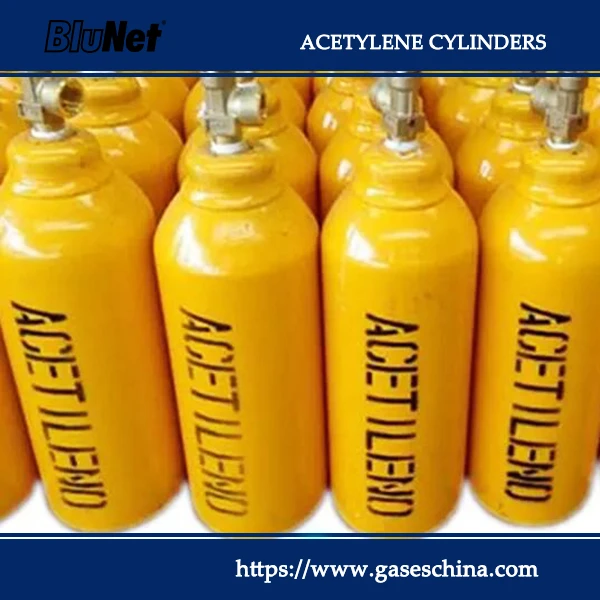THAILAND Nitrous Oxide Factory
N2O Factory SETUP
Nitrous oxide (N2O), also called dinitrogen monoxide, laughing gas, or nitrous, one of several oxides of nitrogen, a colourless gas with pleasant, sweetish odour and taste, which when inhaled produces insensibility to pain preceded by mild hysteria, sometimes laughter.
A principal use of nitrous oxide is as an anesthetic in surgical operations of short duration; prolonged inhalation causes death. The gas is also used as a propellant in food aerosols.
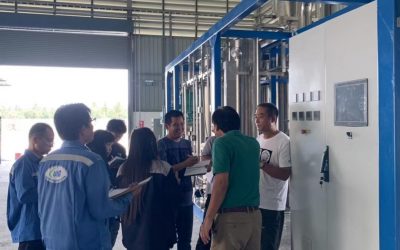
The reaction kinetics of decomposition doubles for every ten °C (18°F) increase in temperature (or the rate of decomposition multiplies by a factor of 1.07 for each in the nitrous oxide factory.
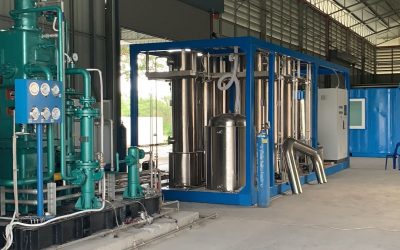
Nitrous oxide is produced by thermally decomposing a hot solution of ammonium nitrate and water at concentrations varying from 80 to 93% at a temperature of approximately 250°C to 255°C.
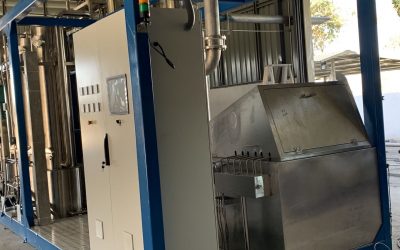
The reaction is ticklish and has to be adequately controlled in the Nitrous Oxide plant. If the temperature of ammonium nitrate is allowed to go beyond a certain point, then N2o is not formed.
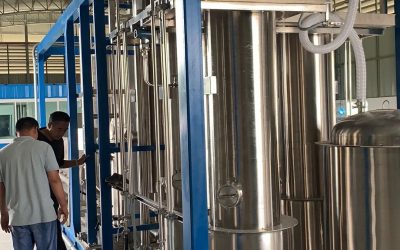
The steam in the hot gas is condensed in the first water scrubber, and the entrained moisture and traces of ammonium nitrate get separated in the mist separator. The residual traces of ammonium nitrate, carbon dioxide, and other nitrogen oxides are removed in the caustic scrubber.
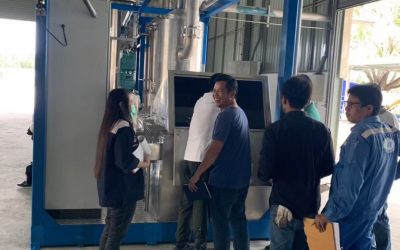
Various reactions occur in an ammonium nitrate reactor being operated to produce nitrous oxide in a factory. The pure ammonium nitrate salt melts at 169°C (337°F) and begins decomposing at 190°C (375° F).
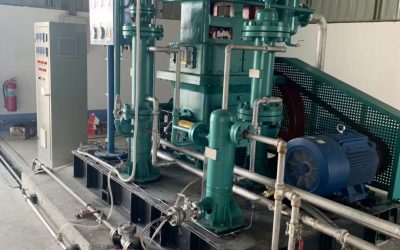
The gas containing some nitrogen is then stored in the gas balloon. The gas is compressed with a compressor, dried in a drier, and then refrigerated when it becomes liquid. Liquid nitrous oxide is stored in a high-pressure storage vessel in cylinders, and the gas is filled by weight.

